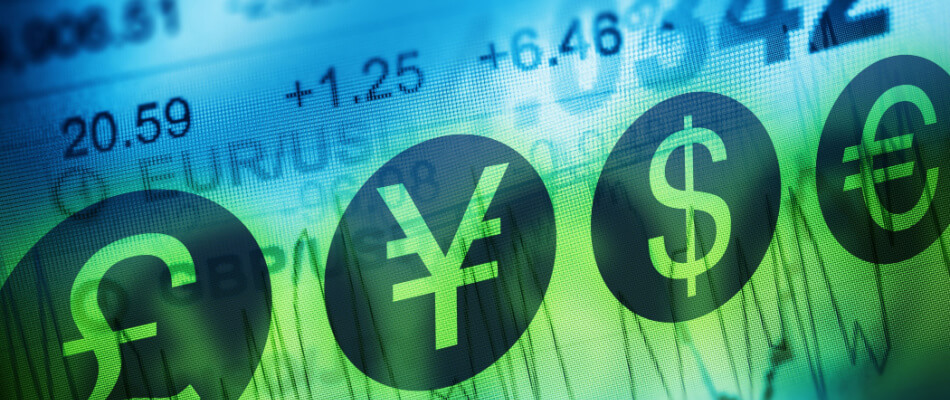Forex Profit Expectations vs. Forex Experiences
First of all, it should be made clear that personal experiences with Forex and the profits achieved can vary greatly. There are often stories from Forex traders that a lot of money has been earned with a small starting amount through significant profits on the Forex market. It is sometimes claimed that the profit can run into the millions with a low starting capital of a few hundred euros or less.
We are also often confronted with unbelievable claims . You are sometimes told that you can make profits in a few minutes, which will provide an average income of thousands of euros per day. Too high profit expectations can cause you to take too much risk and to conclude larger transactions more often or to take more positions on the currency market. It is therefore important not to be guided by claims and stories from third parties, but to assume a realistic profit expectation , tailored to your personal situation.
Are you curious about which strategy you can follow with a realistic profit target? Discover which criteria you can use for a profitable, but realistic strategy in forex trading .
Determining a Strategy to Make Money with Forex
It is certainly possible to make money or even create a consistent flow of money with Forex trading. It is important that the strategy you are going to follow is inspired by a realistic view of currency trading. The following principles can help you with this:
Focus on percentage growth
In order to create a consistent profit, it is first of all important to focus on the net results and the growth that you can derive from them. Show the achieved Forex return as a percentage instead of in monetary amounts. Show transactions as percentages of the Forex starting amount or capital. This makes the Forex trade more transparent. You can now more easily compare results that result from an increased trading volume due to more financing or due to more profits.
Focus on the process of trading itself
If you shift the focus from the height of the Forex return to percentage growth, the pressure to make a profit on the Forex market and earn money will decrease. If you do not take the sometimes high amounts of money of thousands of euros as a starting point, but calculate in percentages, this gives you more peace of mind in your considerations. This will enable you to make rational decisions better, in line with the strategy to be followed and you will become more successful in Forex trading.

Correct risk and reward ratio.
With a realistic profit expectation and a percentage approach, it is easy to select the right transactions . It is important to filter the transactions on the risk/profit ratio. Professionalism among Forex traders is characterized by realizing a maximum profit on the Forex market with a minimum risk . Experienced traders calculate a risk of only 1% percent to make a return of at least 2% on their transaction. The more advanced traders sometimes dare to take a risk of 5% to make a profit of 10%. The related profit or loss can be smaller or larger, depending on the starting amount and the number of positions taken.
The above mentioned things can help you make Forex trading a success and start making money with currency trading. As you gain more experience, you can start expanding your account.
How do you arrive at an effective trading strategy?
- Ensure realistic profit expectations. Don’t be blinded by the profits to be made and assume a realistic profit target.
- Calculate in percentages. Focus on growth.
- Focus on the Forex trading itself.
- Make rational decisions and don’t be guided by emotions.
- Have a Forex trading strategy .
Compare brokers and start investing in Forex
After reading this article about forex experiences, are you enthusiastic about investing in Forex? Compare Forex brokers and find the broker that suits you best!